Italians are famously scornful of foreign takes on traditional recipes from their homeland. Now they finally have a forum to vent their anger.
Entitled ‘Degrado Italo-Americano’ (Italian-American decline), a Facebook page created by indignant Italians invites members to share their experiences of the most bizarre imitations of Italian recipes around the world.
Food crimes range from spaghetti with kiwi, pizza with banana and chicken to pizza in a burger and even pasta on pizza.
SEE ALSO: Ten 'Italian' dishes that don't exist in Italy
Since the page was created in December 2014 it has attracted almost 10,000 likes, hundreds of photos and well over a thousand comments.
See below for some of the most shocking food crimes posted on the Facebook page:
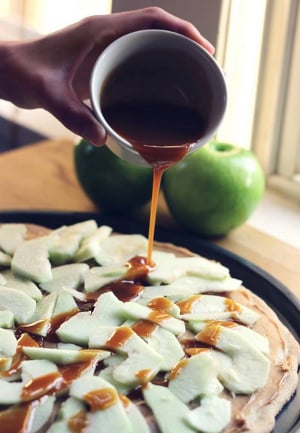
Apple and caramel pizza.
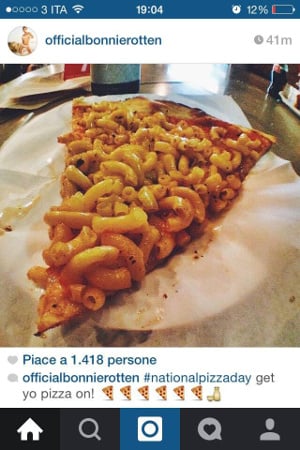
Are you a fan of pizza and pasta? Why not mix the two together?
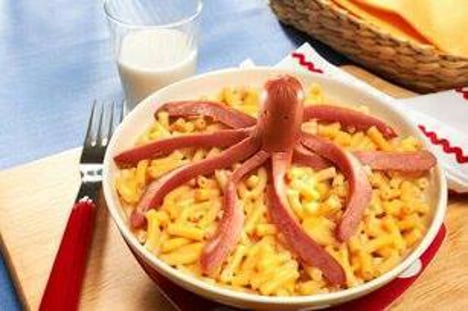
Macaroni and cheese with a squid-like frankfurter.
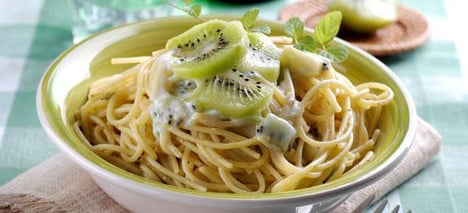
Spaghetti al kiwi.
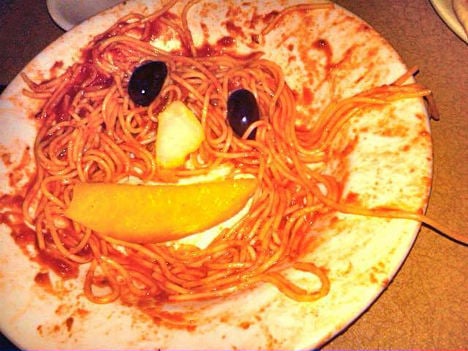
Spaghetti pizza with melon.
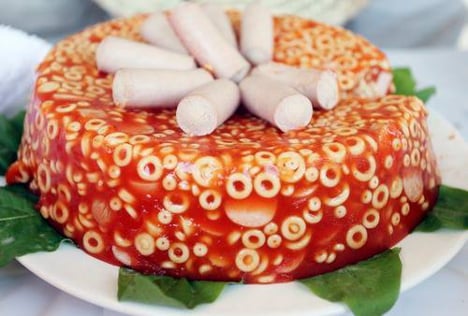
Spaghettio blancmange with a sausage garnish.

Once again the classic pizza-pasta combination.
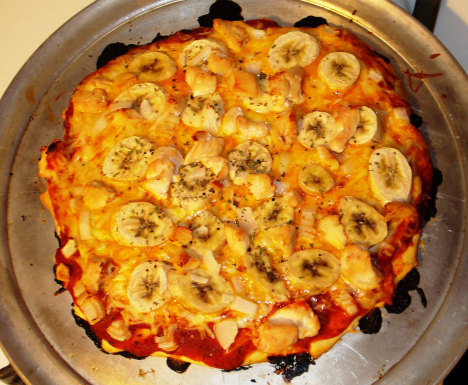
Banana and chicken pizza.


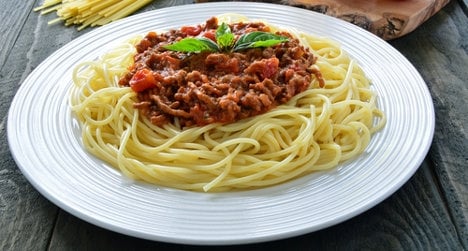


 Please whitelist us to continue reading.
Please whitelist us to continue reading.
Member comments